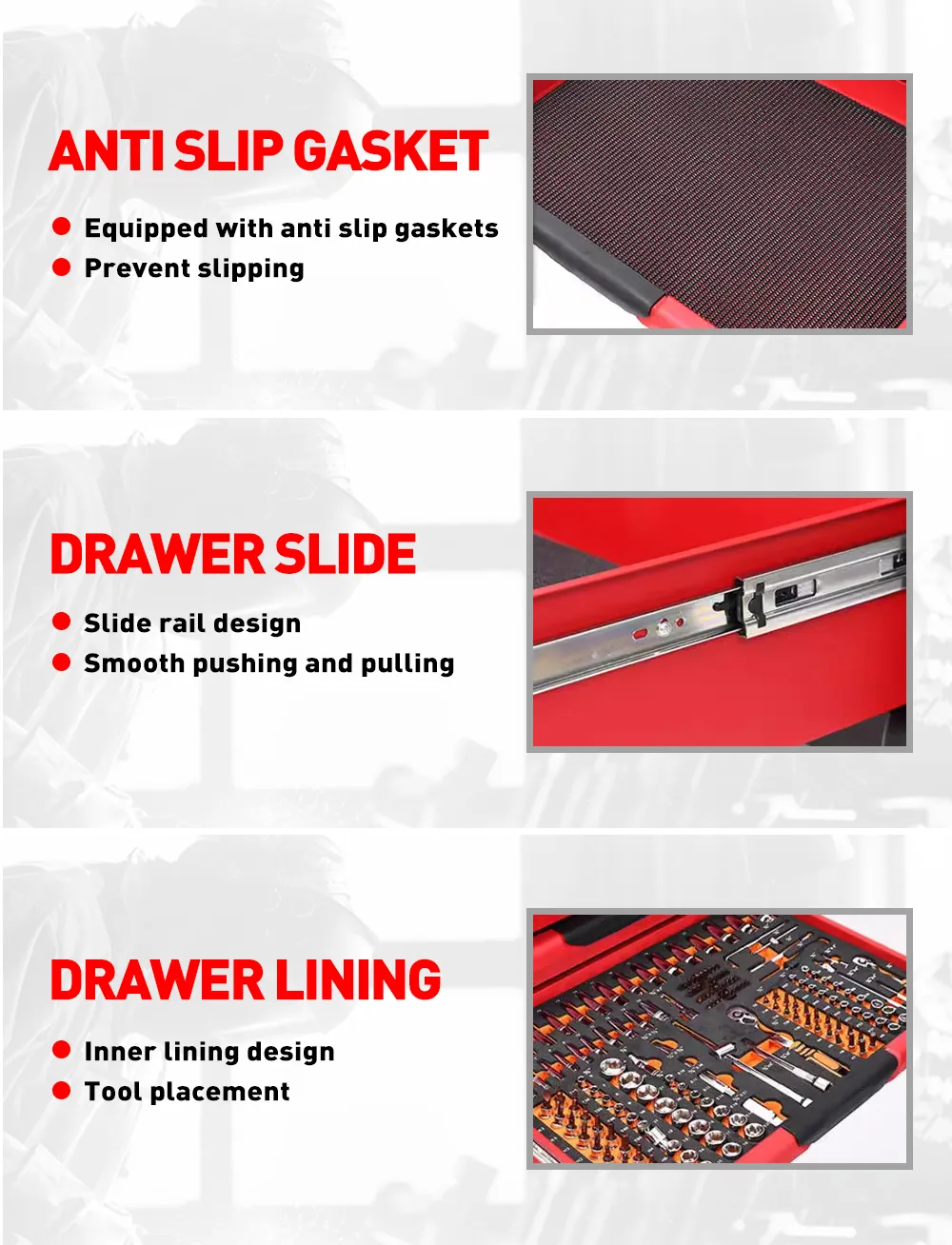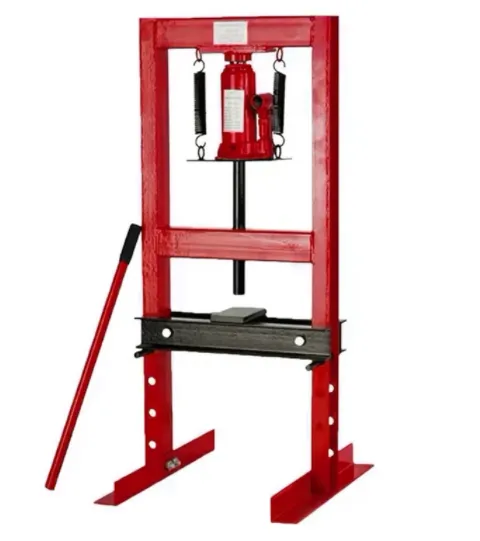Small, flexible and easy to operate 2 ton horizontal jack small car jacks small hydraulic floor jacks for sale


Moreover, I've found that non-operation or erratic lifting can also occur if the release valve is not fully closed during lifting. Ensure all valves are properly sealed before use. Should wear and tear be evident, considering a replacement of parts might be necessary for continued safe operation. Using the jack on an uneven surface or exceeding its weight capacity are errors even seasoned car enthusiasts can make. It's imperative for safety and functionality to always use the floor jack as per the manufacturer’s guidelines. Ensure the surface is level and the load does not exceed specifications, as failure to do so can result in permanent damage to the jack or a dangerous failure during operation. Having extensive experience in garage equipment, I advocate for regular inspection of your floor jack before each use. This meticulousness ingrains a culture of safety and prolongs the life of your tools. Keeping an eye out for signs of wear, testing mechanisms before lifting a full load, and adhering to operational instructions is crucial. Finally, the importance of high-quality equipment cannot be overstated. Over my career, I've noticed that inferior products often fail prematurely. Investing in a reliable, robust jack from a reputable manufacturer can save time and money in the long run by reducing the frequency of issues. Ultimately, ensuring your floor jack works effectively boils down to regular maintenance, correct operation, and preventive care. By addressing these elements, you can enhance not only your safety but also your efficiency in carrying out automotive repairs and maintenance. Seek guidance from verified professionals if persistent issues arise to ensure the jack remains a reliable component in your arsenal of tools.
Products categories
Latest News
-
Unraveling the World of Car Jack Economics and Acquisition
NewsJun.24,2025 -
Unraveling the Essentials of Car Jacks and Their Operations
NewsJun.24,2025 -
Unraveling the Capabilities of 10 - Ton Porta Power Equipment
NewsJun.24,2025 -
Unraveling Issues and Solutions in Car Jack Systems
NewsJun.24,2025 -
Unleashing the Potential of 10 - Ton Hydraulic Equipment
NewsJun.24,2025 -
Power and Precision in Heavy - Duty Lifting: 10 Ton Porta Power Solutions
NewsJun.24,2025 -
What Makes Car Shop Jacks and Related Tools Indispensable for Vehicle Maintenance?
NewsJun.12,2025















